About us
We pair quality clubfoot treatment with compassionate care as we endeavor to take the same approach Jesus did: showing love by serving well and sharing the gospel through what we say and do.
Hope Walks empowers local healthcare professionals to provide free clubfoot and holistic care for families impacted by this treatable disability. Through partnership and training, Hope Walks equips local staff at national and faith-based hospitals and rehabilitation centers around the world to advance a sustainable solution and scalable model for treating clubfoot before a child learns to walk, thus eliminating disability and freeing children and their families to achieve their God-given abilities to flourish independently, physically, socially and emotionally.
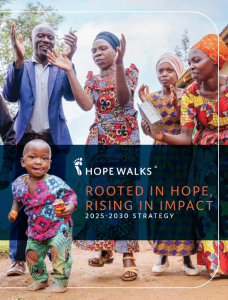 Established in 2018 to glorify God and free children and their families from clubfoot’s physical, social and economic burdens, Hope Walks’ vision is to see all children access quality clubfoot care and experience the love of Christ. From our beginnings as a program of a larger organization to today, our team has impacted the lives of more than nearly 160,000 children born with clubfoot worldwide.
Established in 2018 to glorify God and free children and their families from clubfoot’s physical, social and economic burdens, Hope Walks’ vision is to see all children access quality clubfoot care and experience the love of Christ. From our beginnings as a program of a larger organization to today, our team has impacted the lives of more than nearly 160,000 children born with clubfoot worldwide.
Read our 2025-2030 Strategic Plan: Rooted in Hope, Rising in Impact
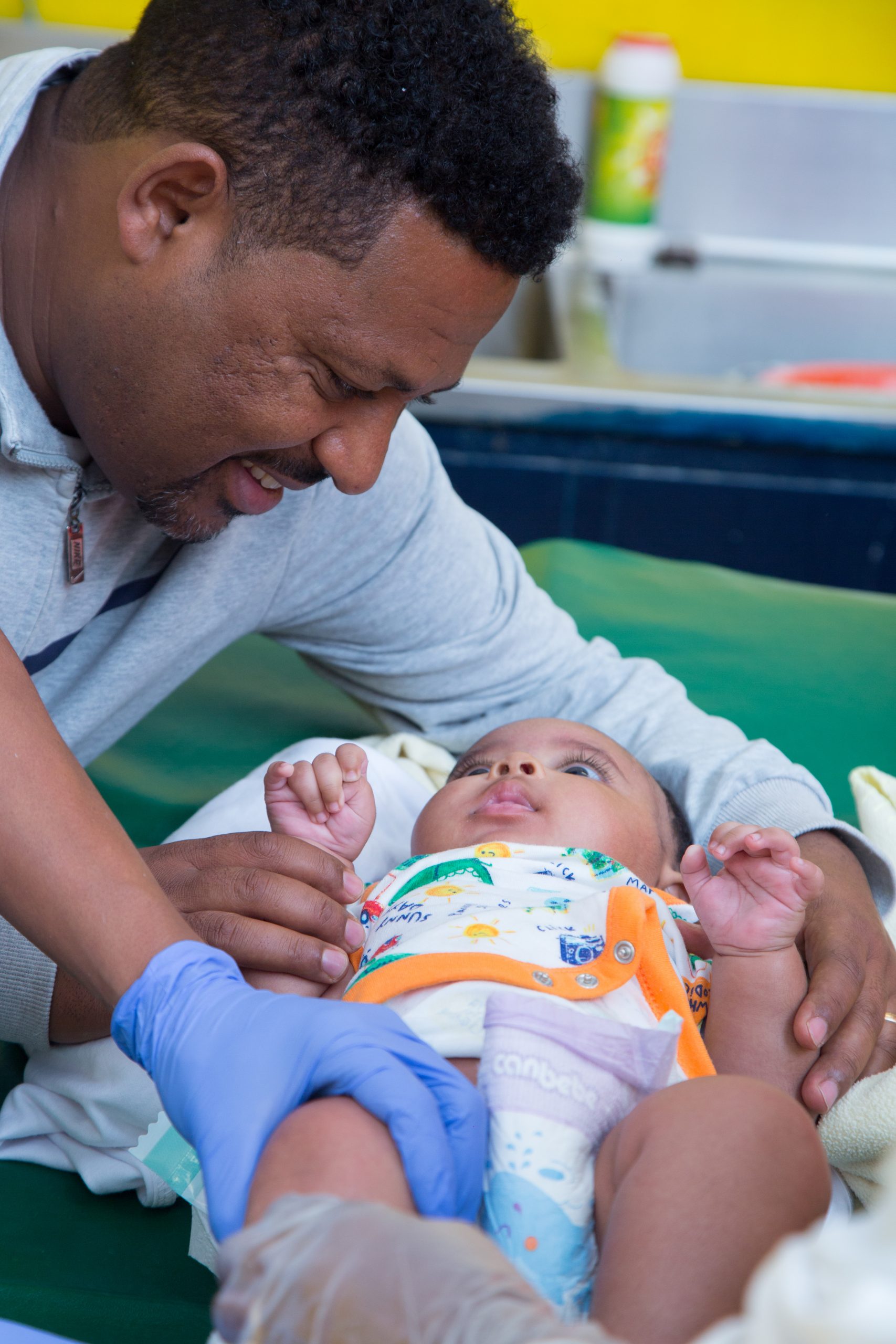
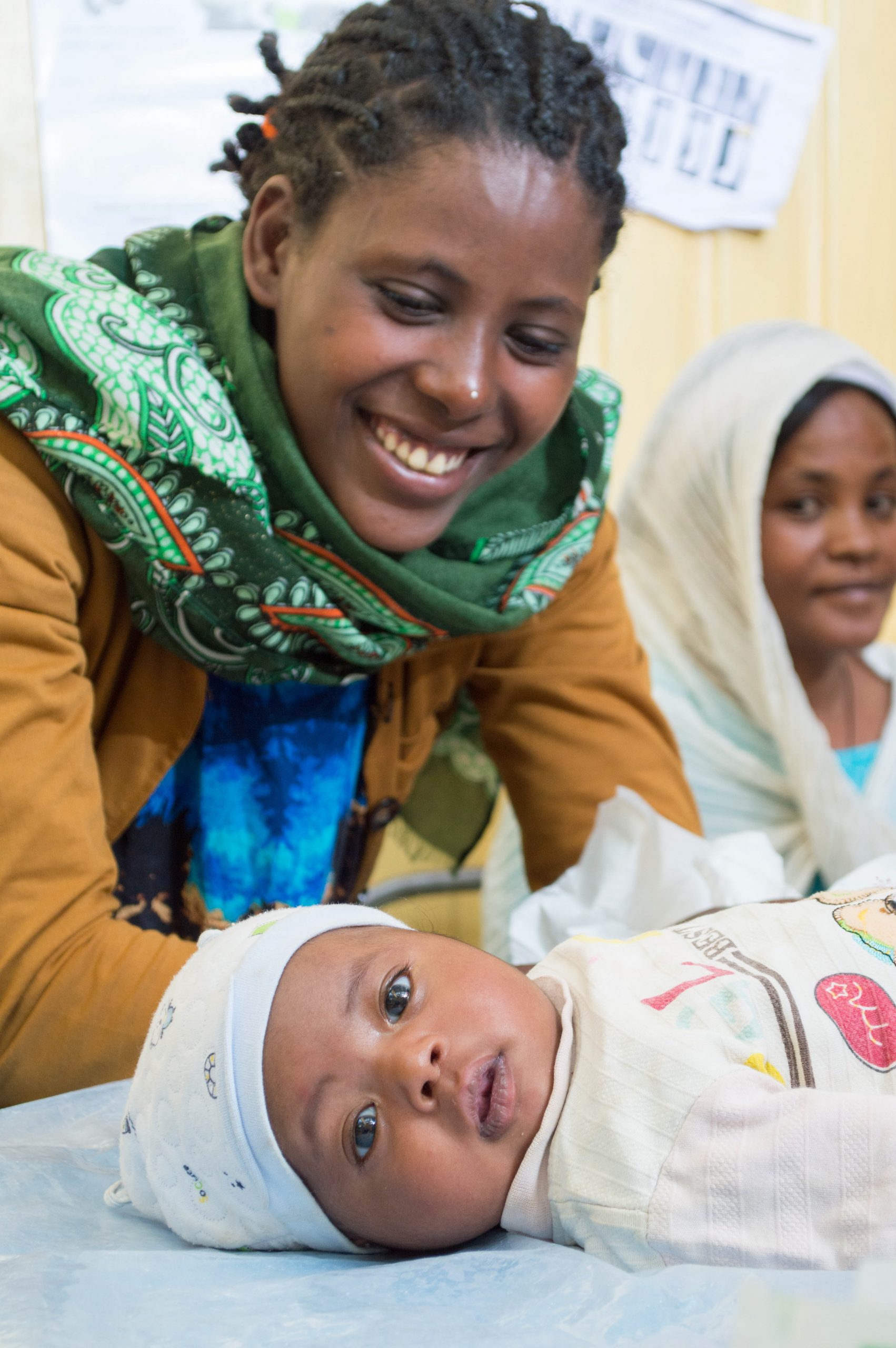
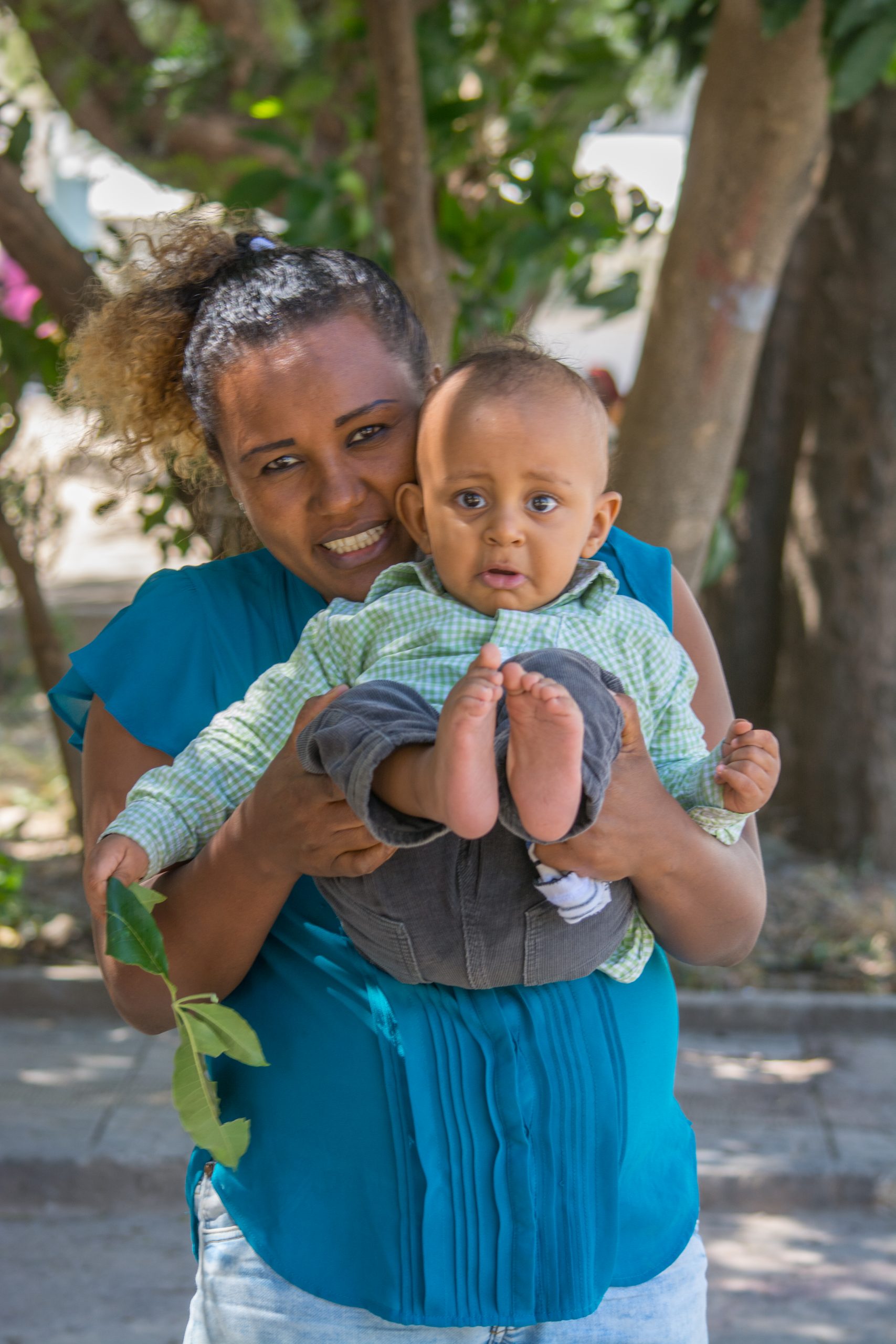

Healing Kids
Disability in low-income countries
Being born with a disability in a low- or middle-income country isn’t just a financial hardship, it’s a life-altering source of shame. You and your family will likely be seen as cursed. The mother of a child with clubfoot may be thrown out of her house or out of the community. Because of a different cultural understanding of the source of disability, there is very little grace offered to children and families who are dealing with disabilities—including something entirely treatable, like clubfoot.
Clubfoot treatment
Clubfoot can be treated! We adhere to treatment through the Ponseti method, the gold standard of clubfoot treatment. The initial process involves weekly casting for four to six to eight weeks and, in most cases, a minimally invasive outpatient procedure to lengthen the Achilles tendon. After this, in the maintenance phase, children wear a foot abduction brace for 23 hours a day for three months, and then at night and nap time until the age of five. Children born with clubfoot can take their first steps on completely straight feet thanks to early intervention and to this relatively simple, cost-effective treatment method.
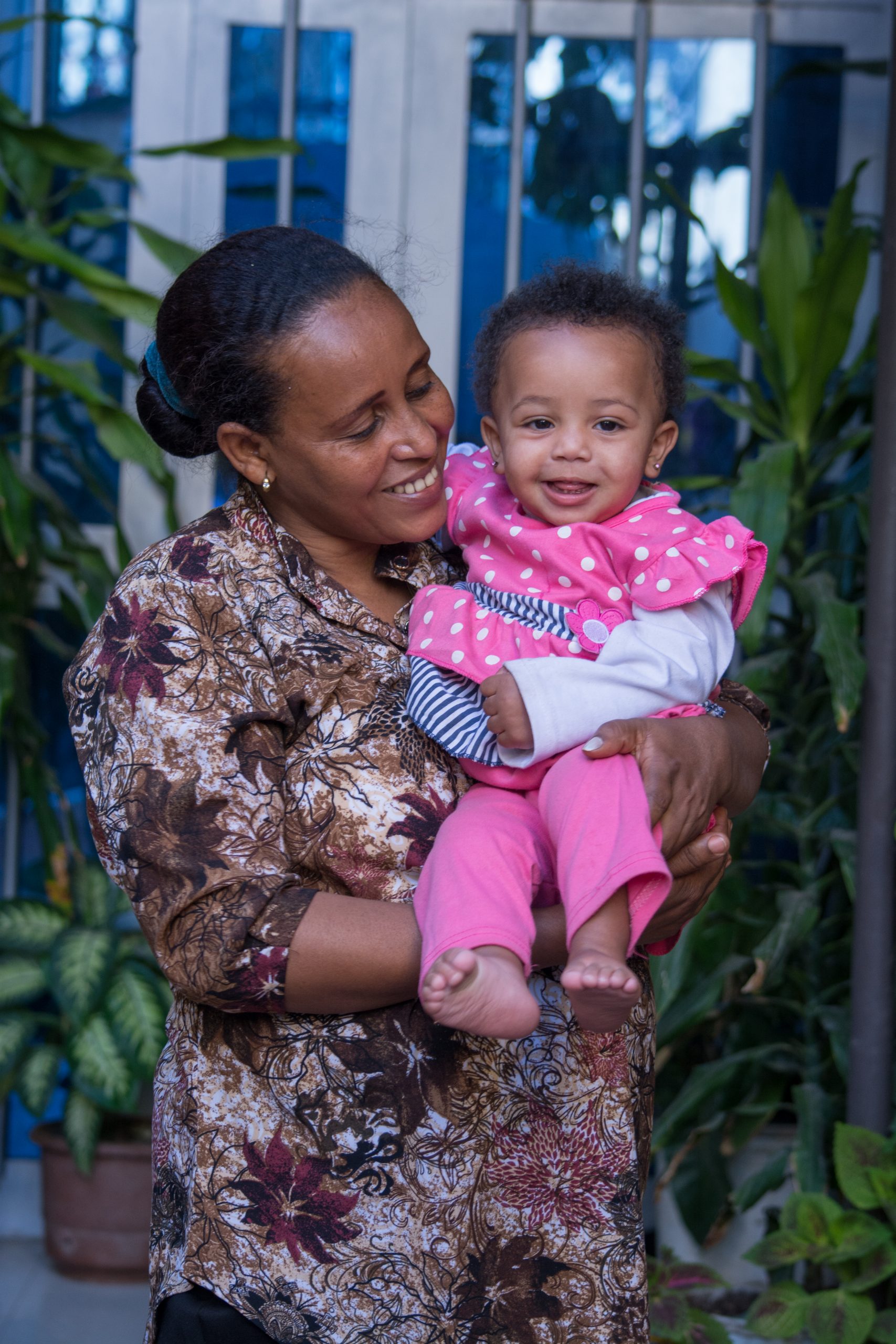
Teaching and Training
Hope Walks does not hire the medical staff. Instead, we develop relationships with the existing healthcare system in the country. We establish partnerships with the country’s Ministry of Health and hospitals. We provide training on the Ponseti method of treatment to their in-country medical staff. This globally accepted process developed by Dr. Ignacio Ponseti uses a series of casts over several weeks to correct the feet, and braces to maintain the correction up until the age of five.
This helps keep our overall costs low so more donations can go toward purchasing the needed supplies such as plaster of Paris for casts and braces.
Working with our local medical facility partners, we train national clinicians in the Ponseti method using the ACT curriculum developed in partnership with Oxford University and the Global Clubfoot Initiative. The curriculum has been approved by the Royal College of Surgeons, London.
We also provide Clubfoot Early Detection and Adherence (CEDA) Training for parent advisors to teach them how to best support the families we serve. We also provide a module to educate medical professionals on what clubfoot is and where treatment can be found so they can make referrals to those trained in the Ponseti method.
By teaching and training, we raise a generation of healthcare workers who are exceptional at treating clubfoot so one day, quality clubfoot services are readily available within the local health system.
We have partnered with Medical Aid Films to develop a series of videos explaining what clubfoot is and the treatment process. These videos are available in six languages, including English, French, Spanish and Portuguese.


